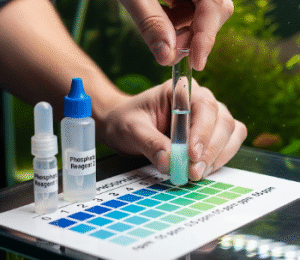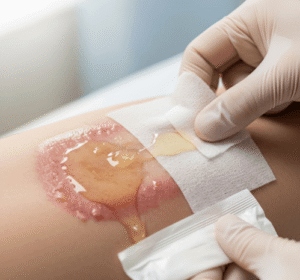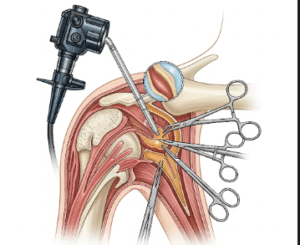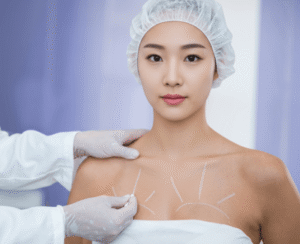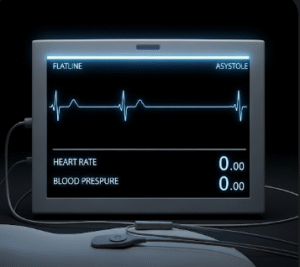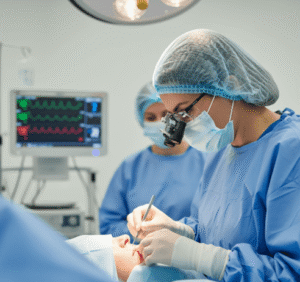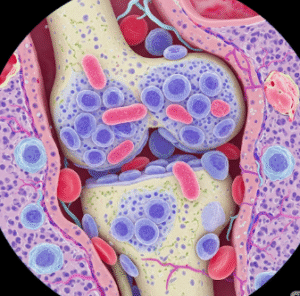Overview
Scleroderma is a rare, chronic autoimmune disease characterized by the hardening and tightening of the skin and connective tissues. It can also affect internal organs and blood vessels. In Korea, early diagnosis and a multidisciplinary treatment approach allow patients to manage the disease effectively and maintain quality of life.
What is Scleroderma?
Scleroderma (also known as systemic sclerosis) is a group of autoimmune diseases where the body’s immune system mistakenly attacks its own tissues, leading to excess collagen production. This results in thickening and scarring of the skin, and sometimes internal organs like the lungs, kidneys, and heart.
Scleroderma is categorized into two main types:
- Localized Scleroderma: Affects only the skin (e.g., morphea, linear scleroderma).
- Systemic Scleroderma (Systemic Sclerosis): Affects the skin and internal organs. It has two subtypes: limited cutaneous and diffuse cutaneous.
Symptoms
- Thickening, tightening, and shiny appearance of skin
- Raynaud’s phenomenon (fingers/toes turning white or blue in cold)
- Swelling or stiffness in fingers and joints
- Digestive problems (acid reflux, difficulty swallowing)
- Shortness of breath
- Fatigue and joint pain
- Kidney or lung complications in systemic forms
Causes
The exact cause of scleroderma is unknown, but it is believed to be due to:
- Autoimmune dysfunction
- Genetic predisposition
- Environmental triggers (e.g., silica dust, solvents)
- Hormonal imbalances (more common in women)
Risk Factors
- Age: Typically between 30 and 50
- Gender: Women are 4 times more likely than men
- Family history of autoimmune diseases
- Occupational exposure to toxins
- Smoking, which may exacerbate symptoms
Complications
- Pulmonary hypertension
- Lung fibrosis
- Kidney crisis
- Heart rhythm disorders
- Severe gastrointestinal problems
- Depression and emotional distress due to appearance changes
Prevention
There is no known way to prevent scleroderma, but steps to manage the disease and reduce complications include:
- Early diagnosis and regular monitoring
- Protecting hands from cold (to prevent Raynaud’s flare-ups)
- Avoiding smoking and environmental toxins
- Managing stress and maintaining a healthy immune system
Treatment Options in Korea
While there is no cure for scleroderma, Korea offers advanced care through a multidisciplinary approach involving rheumatologists, dermatologists, pulmonologists, and other specialists.
1. Medications
- Immunosuppressants (e.g., methotrexate, mycophenolate) to slow disease progression
- Corticosteroids for inflammation control
- Vasodilators for Raynaud’s symptoms and pulmonary hypertension
- Proton pump inhibitors (PPIs) for acid reflux
2. Physical and Occupational Therapy
- To maintain joint flexibility and prevent contractures
- Korean rehabilitation centers offer targeted therapy programs
3. Skin and Wound Care
- Moisturizers and skin protection strategies
- Laser therapy for skin thickening in some clinics
4. Treatment for Organ Involvement
- Lung fibrosis: Antifibrotic drugs, oxygen therapy, and sometimes lung transplantation
- Kidney crisis: ACE inhibitors to manage blood pressure
- Cardiac care: Regular EKG and echocardiograms in Korean cardiac centers
5. Stem Cell Transplantation
- In select severe cases, hematopoietic stem cell transplantation (HSCT) is considered
- Performed in top-tier Korean hospitals with strict eligibility criteria
6. Psychological Support
- Counseling and support groups available in many university hospitals


